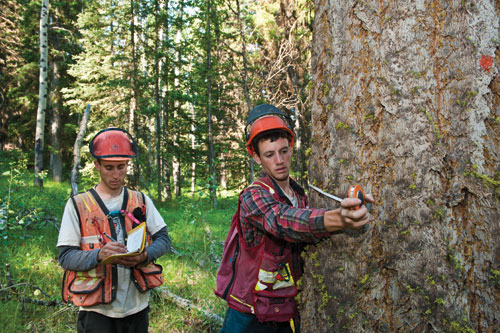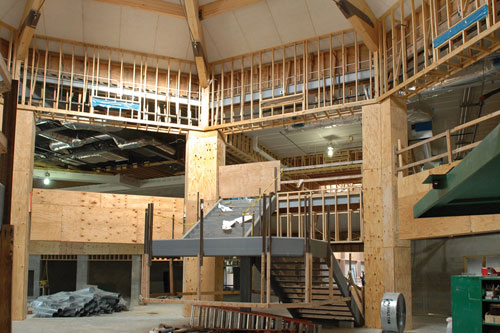A Natural Choice
Encouraging the use of wood from responsibly managed forests offers considerable economic benefits. The American Forest & Paper Association says the U.S. forest products industry as a whole employs nearly 900,000 people, making the industry a top 10 manufacturing employer in 47 states, and the wood manufacturing segment accounts for more than a third of those jobs.
The World Bank, which estimates that more than 1.6 billion people worldwide depend on forests for their livelihoods, maintains that the forest industry is a source of economic growth and employment, with more than $186 billion worth of global forest products traded internationally.17 According to the United Nations, at least 10 million jobs could be created in sustainable forest management, with Asia, Africa and Latin America benefitting the most. Depending on the local circumstances of a country and resources available, jobs could be provided in forest management, afforestation and reforestation, agro- and farm-forestry and improved fire management, as well as construction and management of recreation and tourism facilities. Most of these jobs would be in rural areas, where they would help improve living standards.18
Because restoring forests requires people, a number of countries, the U.S. and the Republic of Korea among them, have included forestry in their economic stimulus plans. A study conducted at the University of Massachusetts Political Economy and Research Institute found that, in the U.S., forestry is the most jobs-intense industry, outperforming even the second-most jobs-intense activity by 74 percent, and far exceeding other major job alternatives, including new highway construction, and financial services.19 "Our country has the resources, the work force, and the innovative spirit to reintroduce wood products into all aspects of the next generation of buildings," U.S. Forest Service Chief Tom Tidwell was quoted as saying. "We are getting smarter and more efficient in how we use wood products as both an energy and green building source."
 |
Long before a tree is cut, resource professionals identify the silvicultural system that best meets the unique needs of each site. A silvicultural system covers all activities from early planning through harvesting, replanting and tending the new trees. Photo courtesy of www.naturallywood.com |
 |
El Dorado High School, El Dorado, Arkansas. Photo courtesy of CADM Architecture © W.I. Bell, courtesy WoodWorks |









